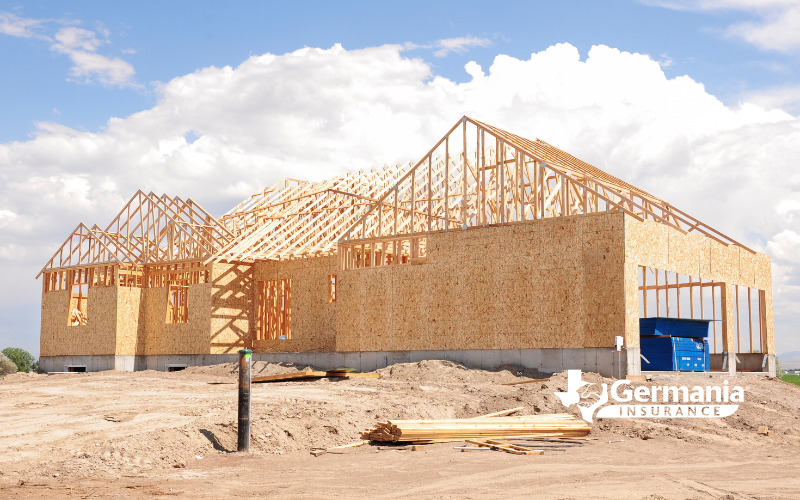Unearth the Future: Discover insights, trends, and advice in our blog – where possibilities take root!

Constructing a home on rural land can be an exhilarating adventure. However, it comes with its unique challenges, particularly when it comes to setting up essential utilities like electricity, water, and sewage systems. This guide will delve into the complexities and costs involved in bringing utilities to rural land, offering insights to help you make informed decisions.
Understanding the Basics
The first question that might pop up when considering rural land investment is about the existing utilities. The availability of basic services like power, water, and sewage significantly impacts developmental costs. If you're considering a property without existing utilities, you'll need to oversee the development process, which can vary based on the land you purchase.
Checking the Availability of Utilities
Before purchasing a property, it is crucial to determine whether it already has utilities. You'll need the property’s street address for this. The local utilities office or the county's Planning and Zoning Department can provide information about the availability of municipal sewer lines or centralized wastewater treatment facilities.
Power Accessibility
Power installation costs can range anywhere between $2,500 and $12,500 depending on the process and location. The local utility company can inform you about the nearest power lines to the property. The cost will majorly depend on how far these lines have to be extended to reach your property.
Cost of Installing Water and Septic Systems
If you’re unable to connect to municipal water, you'll likely need to drill a well. Well drilling costs depend on the depth and diameter of the well, and the type of pump installed. On the other hand, connecting to municipal water would involve hook-up costs and monthly water bills.
For sewage disposal, you may need to connect to a municipal sewer line or install a septic system. Septic system installation can vary widely, from a few thousand dollars for a basic tank to as much as $25,000 for more advanced systems. A septic system not only requires money but also a considerable amount of space. Once you install a septic tank, you won't be able to build or drive in that area. Therefore, it's essential to consider this factor when deciding whether to connect to a local sewer system or install a septic system.
Cost of Installing Natural Gas or Propane
Natural gas line installation costs range from $500 to $2,000 on average, depending on the gas company, distance from the main line, and accessibility. If natural gas is not available, you might consider installing a propane tank, which can cost between $700 to $5,700 for labor and materials, depending on the size and type of tank.
Installing Telephone Jacks or Cable TV/Internet
Installing telephone jacks or cable TV is an initial expense and then you’ll have monthly fees to consider. The cost is lower for new construction and higher for installations that involve drywall repair.
Need for Approval from Neighbors
In certain cases, you might need permission from your neighbors to install power poles, lines, or other utilities on their property. This is particularly true if the utility lines have to cross into their property.
Timelines for Utility Installation
Utility installation can take longer than expected, and the timeline is often not in your control. It can take months to get your utility connections, depending on the permitting process, distance to the main lines, and whether the installation requires an easement to cross neighboring properties.
Understand Local Regulations
Local regulations govern the installation of utilities on rural land. These regulations often stipulate where utilities can be installed on the property, the required setbacks, and the necessary permits. Make sure you understand these regulations before starting any utility installation projects.
Be Prepared for Unforeseen Costs
Always remember that the cost of bringing utilities to rural land is an estimate. Unforeseen circumstances can arise, increasing the cost and time needed for the project. Therefore, always budget for unexpected expenses.
Developing rural land can be a rewarding experience, but it requires careful planning and consideration of various factors, including the availability and cost of utilities. By understanding these factors and working with experienced professionals, you can navigate the process with confidence and build your dream home in the countryside. Whether you're planning to live off the grid or connect to municipal services, you'll need to ensure your rural property has the utilities you need for a comfortable lifestyle.

Have a question about insurance? Find an independent agent here!